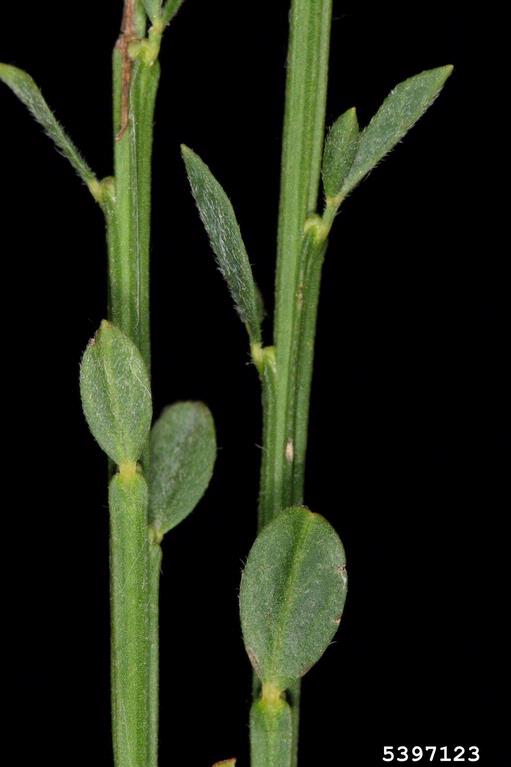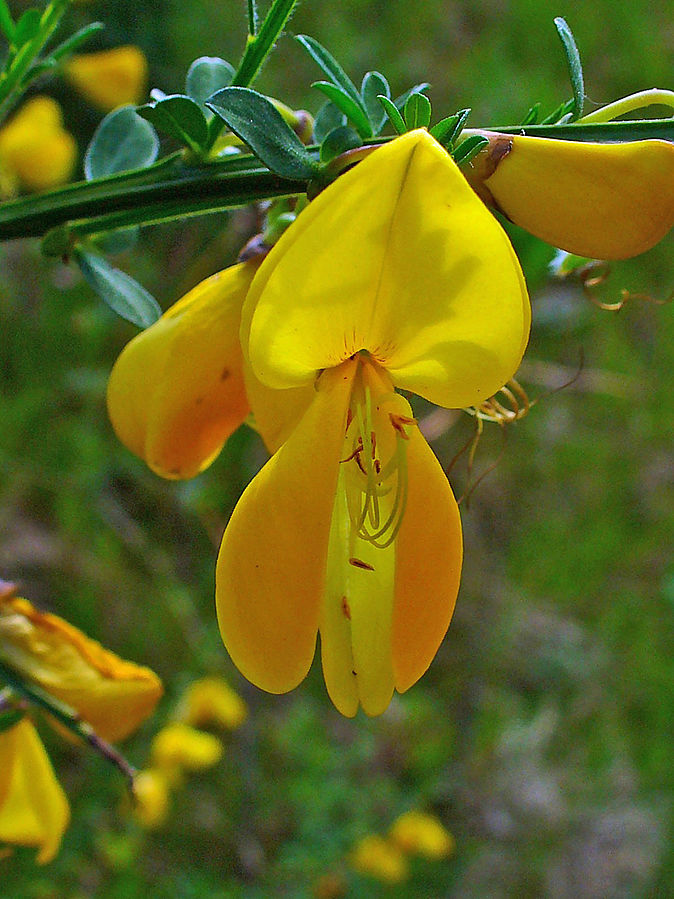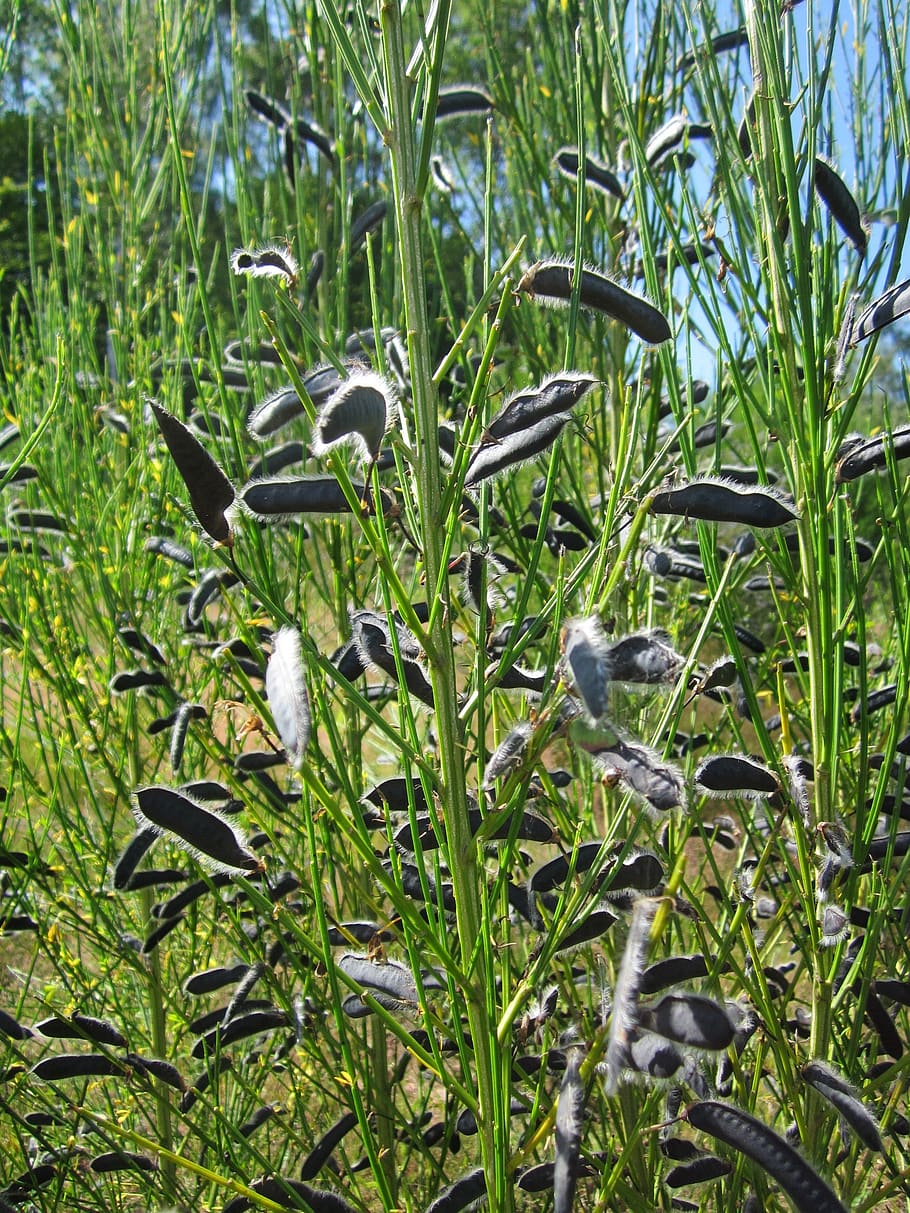Scotch Broom

Scotch Broom
(Cytisus scoparius)
Priority: - Contain / Annual Control
Tags: Terrestrial
Identification and Reproduction
Identification
- Dark green shrub, growing up to 3m tall.
- Stems are brown to green, loosely branched and five-angled.
- Lower stalked leaves have three leaflets; upper leaves are simple.
- Bright yellow, pea-like flowers may have a central red marking (~2cm long).
- Flat seedpods with fine hairs will grow green and mature to brown then black in colour. Once seedpods are ripe they will burst and disperse seeds across meters.
Reproduction
- They are a perennial species that reproduces by seed and lateral bud growth. Mature plants can produce up to 3,500 pods, each containing 5–12 seeds. As seedpods dry they split and spiral, expelling the contained seeds up to 5 metres.
- The plant can also spread to new disturbed areas through seed transport by vehicles and machinery. Due to its affinity for disturbed areas, any disturbance activity, such as land clearing, near infested areas, can enhance spread.
- Their photosynthetic stems allow for all year-round growth.
Habitat & Ecology
Scotch broom invades open, dry meadows and along roadsides. It is also shade-intolerant and able to establish on poor soils.
Impacts
Social:
- Dense thickets will obstruct sightlines along roadways.
- Increase wildfire fuel loads and potential wildfire intensity.
- Can aggravate breathing allergies.
Ecologial:
- Limit movement of large animals.
- Displacing native species, most notably forage plants and conifer seedlings.
Management
Mechanical/Manual Control:
- Larger plants should be cut below ground level, prior to flower and seed growth.
- Smaller plants should be hand pulled in late Spring. This is recommended as the plants are redirecting energy to flower and seed production.
- Since Scotch broom has a large seed back and re-sprouting abilities, mechanical treatments should be repeated over the following 3-5 years.
Chemical Control:
- Selective spot spraying, stem injections or cut surface applications are most effective.
- Long seed viability will require multi-year treatments.
- Please carefully read herbicide labels prior to application.
For further details on proper Scotch broom chemical control please refer to the Metro Vancouver's BMP for Scotch broom (pg. 10-18).
Resources
Find more information on the NAISMA Scotch Broom factsheet.
For further information on Scotch broom control please refer to the Metro Vancouver Best Management Practices for Scotch broom (pg. 10-18)
Download the Metro Vancouver Factsheet on Scotch broom here.
Header photo (Bjorn S.)





